The Mullumbimby community-Led flood response, previously under the banner of Resilient Byron, has been handed over
Now that the acute emergency 2022 flood response phase has passed, and after seven weeks of intense work on the ground, we would like to announce that the community-Led flood response in Mullumbimby, previously coming under the banner of Resilient Byron, has been handed over.
Resilient Byron and our chair Jean Renouf are returning to our ongoing, large-scale projects. This includes the Northern Rivers Community Carers and Responders Network, our flagship project that trains, equips and mobilises over a hundred people to care and respond in times of crisis within their communities and neighbourhoods. Something that is needed now more than ever.
The community response that arose spontaneously after the major floods was and continues to be nothing less than extraordinary. Citizens took on them to save others by boats, tinnies and kayaks in flooded areas but also building rope bridges, evacuating residents by private helicopters, delivering food and essential items to communities cut off from the rest of the world due to landslides destroying roads, hosting evacuees in their house, cleaning houses, donating money, conducting welfare checks on neighbours, and receiving, organising and distributing hundreds of thousands of donated goods of all sorts such as gumboots, bedding, cleaning products, food, generators and more. All around the Northern Rivers, community groups emerged to take part in this response. Some from previously established networks, such as Resilient Byron, others from the coming together of strangers united by the same desire to help.
The immense generosity and power of the community throughout Australia got channelled into these community hubs located in Mullumbimby, Lismore, Murwillumbah, Casino, Coraki, Evans Head, South Golden Beach, Suffolk Park, Broadwater, Uki, Nimbin, the Channon and more, which guided responses locally but also coordinated their efforts via informal networks throughout the Northern Rivers. Information, goods and volunteers were generously shared across, and this continues to date. Of course, it wasn’t all smooth, and many lessons were learnt in the process.
The rise of the community as a new actor in the disaster ecosystem raises a number of questions that Australia has to answer. Large compounding disasters such as these “unprecedented” floods, which happen on the back of “unprecedented” droughts and bushfires are made worse by the changing climate. As the International Panel on Climate Change (IPCC) warned in its latest report, the climate crisis makes it very clear that such events will happen again, and there is every chance that communities will continue to rise and support each other in future disasters. The Royal Commission established after the 2019-2020 bushfires stated clearly “in significant emergencies and disasters, emergency management personnel do not, and never will, have the capability and capacity to solve the emergency threat for every individual at risk.”
The community needs to be recognised as an actor in the disaster ecosystem that has filled important gaps, that is here to stay and therefore needs to be supported. But what is a community? Who makes part of a community? Who leads it and has the legitimacy to do so? How is the community effort sustained after a few weeks of rapidly exhausting volunteers? How can established institutions coordinate with communities? How can community response be supported and remain safe but not curtailed by regulations and constraints? What lessons can we learn from these responses to the 2022 floods to inform future community responses? These are fundamental questions, for which a national conversation is called, and to which we are now contributing.
Meanwhile, we wanted to express our deepest gratitude for all of the support you have provided us with during our floods response and recovery. We would literally not have been able to do it without you.
A massive, humble and heartfelt thank you.
